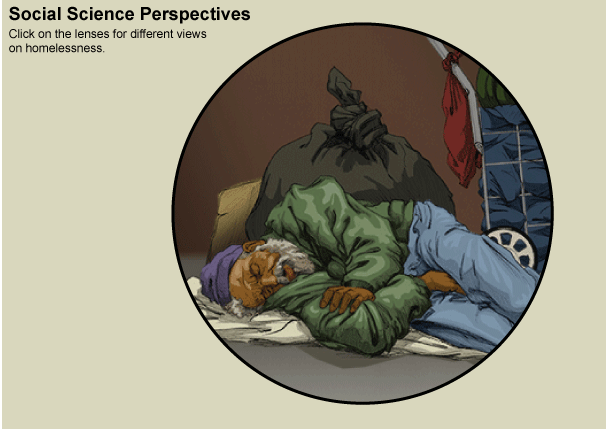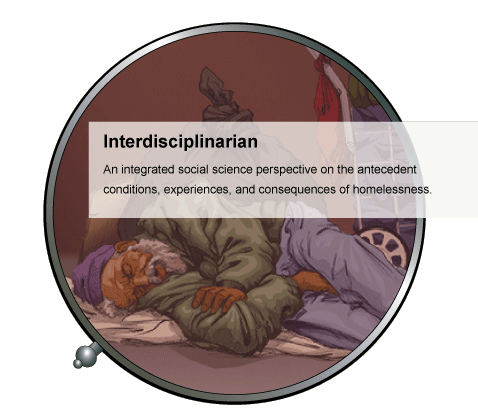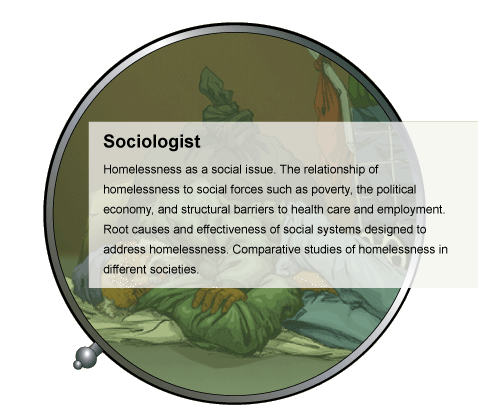Overview
Every discipline has its own history, language, and theoretical frameworks. In the social sciences, there is a growing recognition that the complexities of social issues cannot be fully understood through just one disciplinary lens. Social forces exert their impact at multiple levels (e.g., individual, group, community, society), often with far-reaching consequences that are best appreciated by a sweeping assessment across disciplines.
Social science refers to any field of study that examines human behavior within the context of society. Included in the social sciences are the fields of anthropology, criminology, economics, geography, gerontology, history, law, political science, psychology, and sociology. Each of these fields has its own vocabulary, theories, and methodologies. Each makes sense of social problems using a disciplinary lens that is necessarily biased and limited in scope. Increasingly, social scientists recognize that social phenomena are best understood when examined from the perspectives of multiple disciplines (multidisciplinarity).
.fw.png)
Saxe, J.G. (1873). "The Blind Men and the Elephant." In The Poems of John Godfrey Saxe, Boston: James Osgood and Co., 77-78. (Poem first appeared in 1863, New York: Whittlesey House.)
In John Godfrey Saxe's (1863) famous poem, "The Blind Men and the Elephant," six blind men attempt to describe the characteristics of an elephant from their different vantage points. One man, feeling the elephant's knee, describes it as a tree, while another holding onto the tail compares it to a rope. Though each man is accurate, each focuses so narrowly on just one part of the elephant that none can appreciate the whole. Social problems or phenomena are like elephants – they can be so large and so complicated that they cannot be explained by a multitude of isolated theories!
For example, homelessness is a serious social problem throughout the world. Its causes and consequences have been studied by a range of researchers, including social scientists. Click on the lenses below to see how social scientists view homelessness.






At UMUC, the BEHS designator identifies courses that examine social problems from an interdisciplinary perspective. The term "interdisciplinarity" suggests a richer and more meaningful understanding of social phenomena because it integrates the perspectives of more than one traditional discipline. This integration allows social scientists to share methods and terminology and engage in collaborative investigation.
In Nissani's (1997) classic article, "Ten Cheers for Interdisciplinarity," the advantages and pitfalls of interdisciplinary exploration are outlined. Among them are:
- Greater opportunities for creative thinking
- Greater likelihood of detecting errors through the eyes of someone with a different background
- Greater ability to explore and understand complex social problems
- Greater flexibility and branching out in research
- Willingness to explore new territory
- Ability to serve as translators and moderators between disciplines
- Creating greater synergy between disciplines resulting in outcomes that cut across disciplines and advance science and social justice
Article abstract: Nissani, M. Ten cheers for interdisciplinarity: The case for interdisciplinary knowledge and research. The Social Science Journal 34(2), 201–216.
Social Science Paradigms and Theories
A paradigm is an overriding construct that shapes your perspective on some aspect of life. Social scientists use paradigms to organize their research and understanding of human beings and society. Macrotheories (explaining the larger features of society) and microtheories (explaining the smaller features) cut across various paradigms.
Common paradigms in the discipline of sociology include the following –
- Positivism
- Conflict
- Symbolic interactionism
- Ethnomethodology
- Structural functionalism
- Feminism
Take a few minutes to research these paradigms. See if you can identify paradigms associated with other social science disciplines (anthropology, gerontology, psychology).









